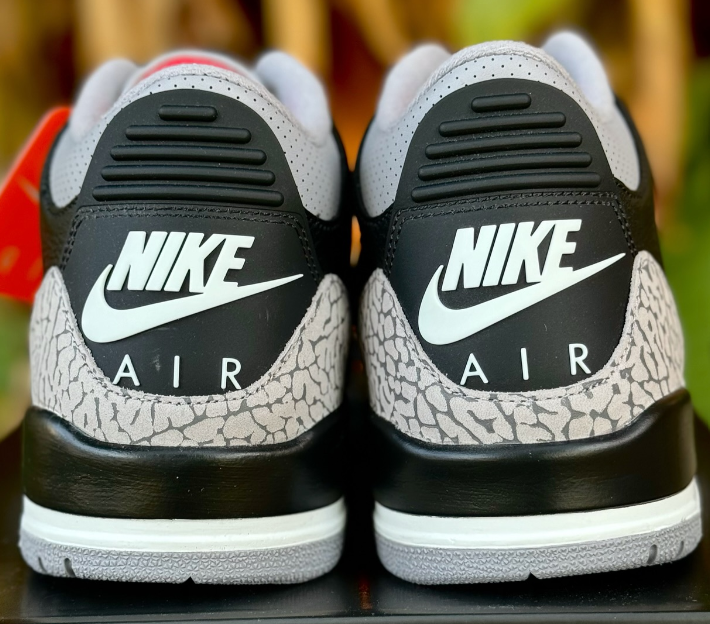- 17,642
- 23,982
- Joined
- Nov 11, 2007
Oh boy.Too many games: The NBA's injury problem is a scheduling one
http://espn.go.com/nba/story/_/id/16009898/nba-injury-problem-scheduling-one
Even got Kobe of all people saying the season needs to be shortened. Kobe stans rolling over in their graves.

Some of them were sooo adamant that LeBron was just soft when he said that a couple years ago. A real warrior like Kobe would never want a shorter season.






